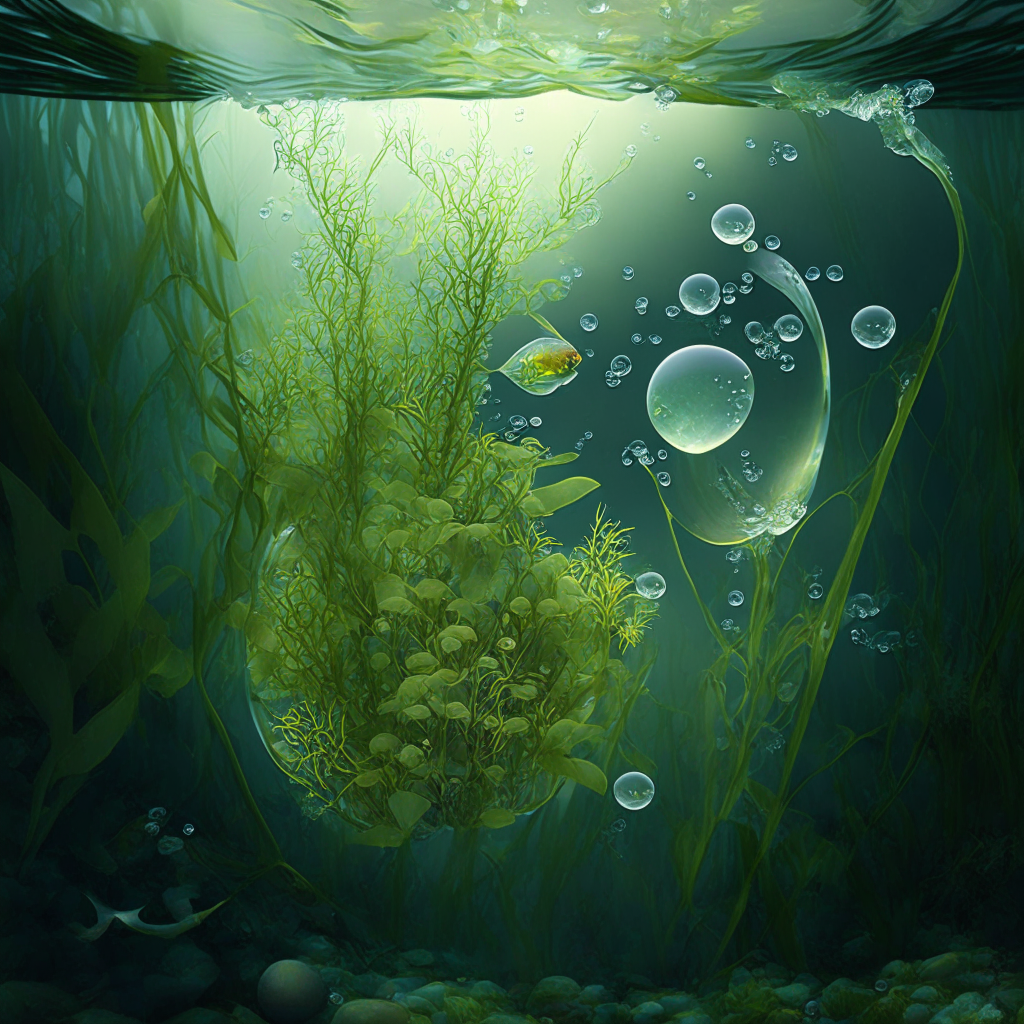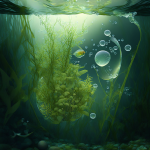Dr Tepper once mentioned (probably 15 years ago) about Plant Agglutinins and they are perhaps the best natural flocculant in a pond or fish tank.
Just sticky proteins from plants that settle germs, micropollution and even parasites out of the water. The “idea” for the plant is that all these things are “organic material” which, if delivered to the roots of the plant on the bottom of the aquatic limnion, can function as food / fertilizer.
Plant agglutinins are proteins found in the cell walls of aquatic plants that act as a defense mechanism against predators. They are composed of two or more sugar molecules linked together and can bind to the surface of protozoan predators, forming a sticky coating that prevents them from feeding on fish and plants. Plant agglutinins can also bind to other particles in the water, such as bacteria and algae, and can help to keep the water clean. In addition, they can act as a signal molecule, helping to attract beneficial organisms such as bacteria that can help to break down organic matter and provide nutrients for the plant. The accumulation of plant agglutinins and beneficial bacteria is called “bio-film” and can compose the majority of an aquatic-system's nitrogen handling. Plant agglutinins are important for maintaining a healthy aquatic environment, as they help to keep the water clean and provide food for the plant.
This could explain why I have found over the years that barring viruses and other “winter stresses” that well-built and well-maintained Ecosystem / equilibrium natural ponds are healthier and easier to fix fish in, than purist-ponds with pressurized filtration, UV lights and guages.

